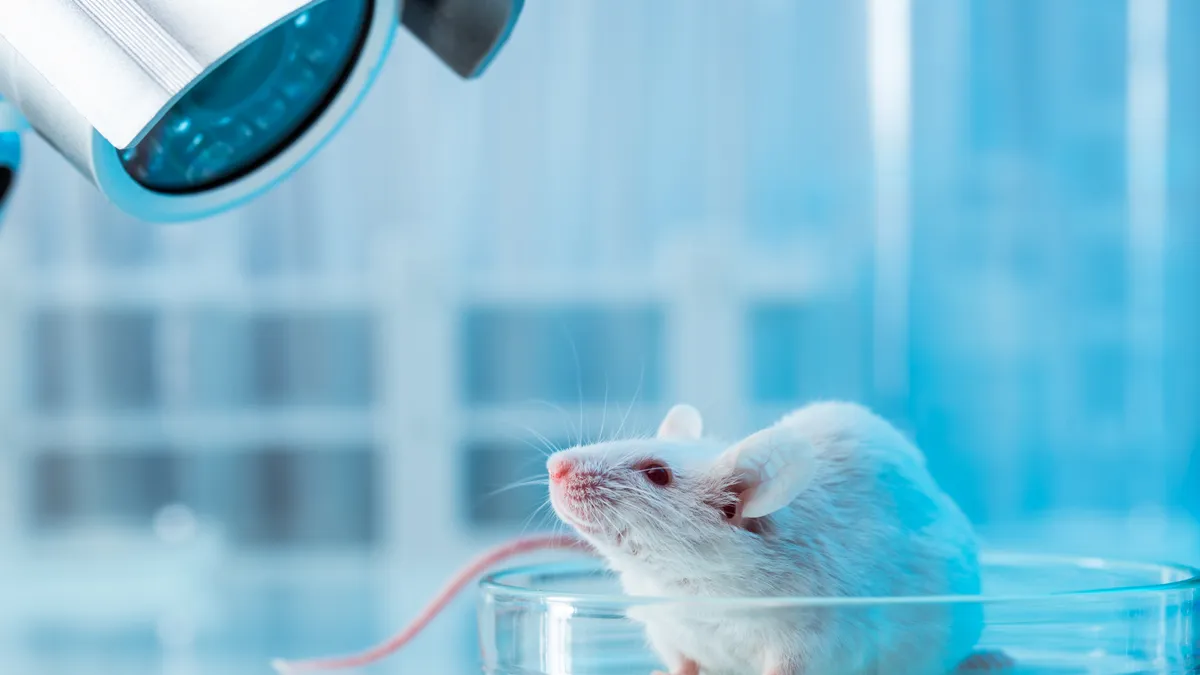Dive Brief:
- Smart bandages that deliver electrical stimulation accelerated wound healing in mice by 25% compared to standard sterile dressings, according to a paper published in Nature Biotechnology.
- The paper describes a flexible bioelectronic system that both senses and stimulates the wound environment to accelerate wound closure, increase neovascularization and boost skin recovery.
- While the project demonstrated preclinical proof of concept, the researchers still need to extend the smart bandage to a human-sized form and lower the cost of production.
Dive Insight:
The potential for smart bandages based on wearable devices to enable real-time wound monitoring and stimulation to promote healing of chronic wounds has attracted multiple research groups. In theory, sensors can detect changes in skin impedance associated with healing and infection, and electrical stimulation can improve blood flow and stimulate immune cell function.
In practice, incorporating sensors and stimulators into bandages has proven challenging, in part because electrical stimulators are typically bulky and require wired power. Researchers have also struggled to design adhesive electrodes that enable signal transduction but do not damage wounds when detached.
A group working out of Stanford University described their attempts to overcome the challenges in the Nature Biotechnology paper. The team designed a miniaturized flexible printed circuit board that used an energy-harvesting antenna for wireless, battery-free power and filter circuits for continuous sensing of wound impedance and temperature. A parallel stimulation circuit delivered electricity to aid healing.
The collaborators validated the device in mice. Animals wearing the device moved freely and the team received a stream of data on temperature and impedance. In wounded mice, the device accelerated wound healing by 25% and enhanced dermal remodeling by 50%.
Based on the findings, the researchers think the device can enable active monitoring and closed-loop treatment of wounds and accelerated healing. but they note challenges in translating the technology to humans. Lowering cost, enabling long-term storage, incorporating additional sensors and more are on the to-do list as the researchers try to move into large animal studies and eventually clinical trials.














